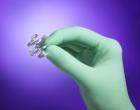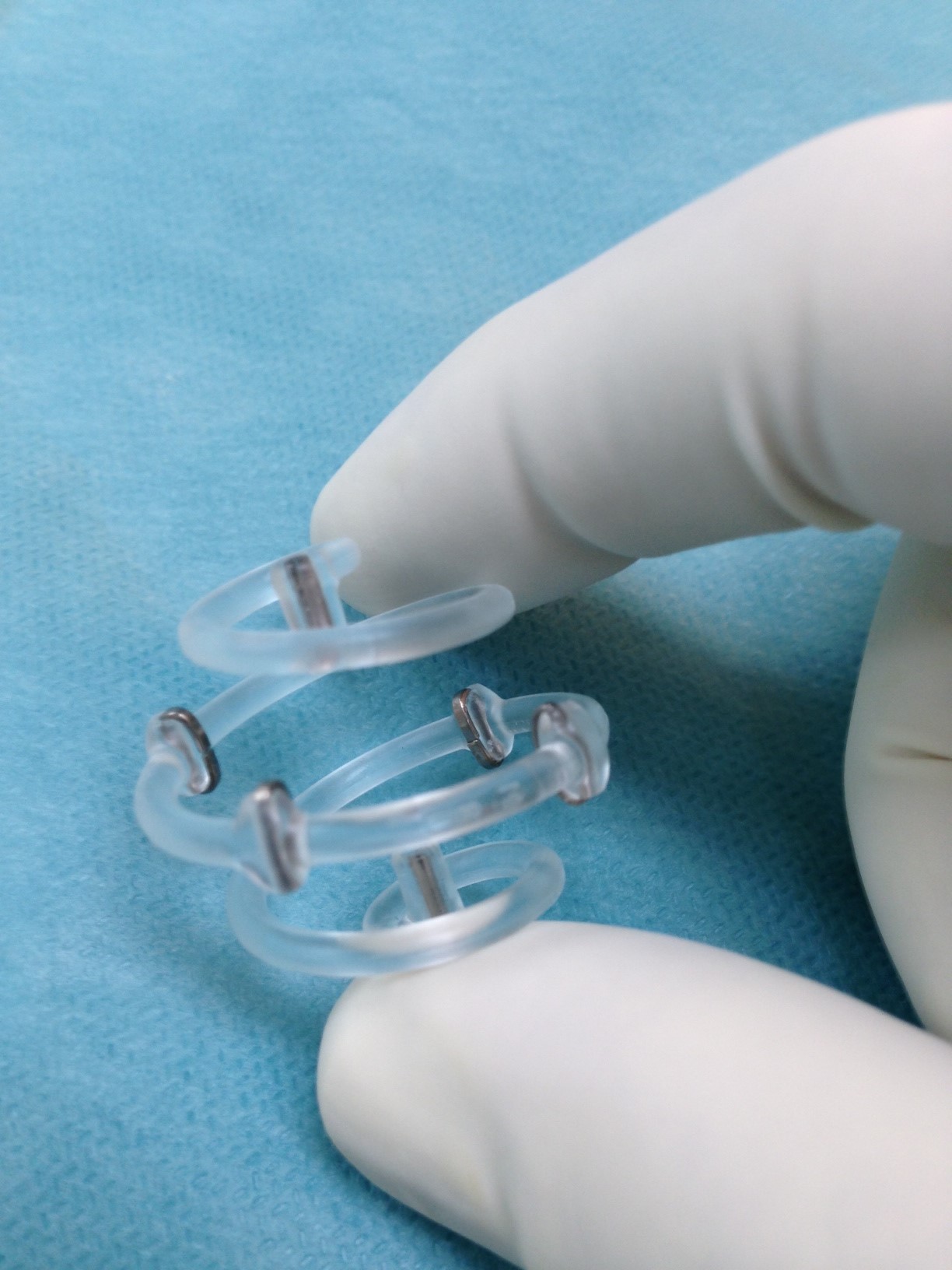The Path of Precision: New Surgical Device at Tanner Aids in Breast Cancer Treatment
Friday, October 18, 2019

When it comes to treating cancer, progress is often as simple as precision.
More sensitive screenings and diagnostic techniques can find cancer earlier, leading to more precise surgical techniques to remove cancers. More targeted medical therapies are becoming more specific for an individual’s kind of cancer — even tailored to a person’s DNA. And more precise radiation treatments focus only on areas of concern while leaving healthy tissue intact.
At Tanner Cancer Care, that commitment to precision continues to lead to adopting new technologies, new treatments, new techniques — and better outcomes for patients.
One such recent innovation has been the adoption of a new device for breast cancer patients that provides a lifelong, three-dimensional “marker,” helping cancer specialists best identify the site where cancer was removed immediately following surgery and throughout a patient’s life.
BioZorb is a simple-enough looking device: a spiral with six tiny titanium specs attached to it. During breast conservation surgery, such as a partial mastectomy (also called a lumpectomy), a surgeon removes the tumor and a little bit of the surrounding healthy tissue. The removal of tissues leaves a cavity in the breast, into which the surgeon can implant the BioZorb device.
The surgical site is closed, but the device remains in place — along with its six tiny titanium markers. Later, as radiation oncologists plan radiotherapy treatments, the entire device shows up on diagnostic imaging scans, giving the radiation oncologists a detailed “map” of where tissue was removed and providing for more precision during treatment.
“Treating cancer is often a multi-step process,” said Raul Zunzunegui, MD, a board-certified surgeon and breast surgical expert at Comprehensive Breast Care Center and a member of the patient care team at Tanner Cancer Care.
Dr. Zunzunegui was the first surgeon in west Georgia — and currently one of the few in the state — to offer the BioZorb device. “Imaging, such as mammography, can lead to a biopsy to confirm a diagnosis. Then, surgery to remove the cancer. Often, surgery is followed by radiation therapy to target any remaining cancer and reduce the chance of recurrence, as well as medical therapies like chemotherapy and anti-estrogen therapy that takes a more systemic approach to fighting cancer and reducing the chances of it returning.”
The BioZorb device, Dr. Zunzunegui explained, helps those providers down the line — which, in turn, helps patients.
“My colleagues who specialize in radiation oncology can see exactly where I removed the cancer,” he said. “And later, in future imaging scans, radiologists can see where the cancer was found.”
The device is available in a variety of sizes, so the surgeon can match the device to the size of the cavity. And the frame that holds the titanium markers reabsorbs into the body, usually over the course of about 12 to 18 months, leaving only the tiny titanium markers in place.
The markers are safe for any diagnostic imaging scan, such as a mammogram or MRI, and cannot be felt once the cavity heals and healthy breast tissue grows around the device.
In recent years, several scholarly journals have published studies of the BioZorb device, indicating that it leads to favoerable outcomes for both breast cancer treatment and the aesthetics of the breast after the cavity heals. It also facilitates long-term imaging follow-ups for breast cancer patients, since physicians can see exactly where the cancer occurred.
“This is another step that’s helping us to be more precise with treatment,” said Dr. Zunzunegui. “It’s another tool that’s guiding us forward and keeping us in the leading edge of breast cancer treatment.”